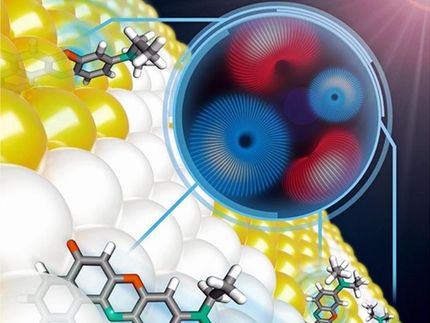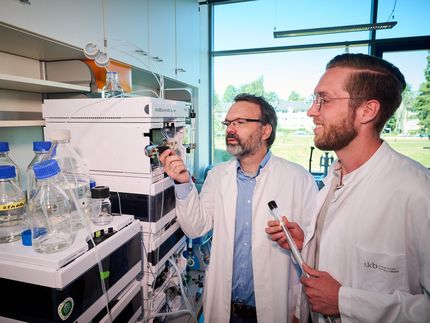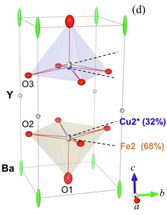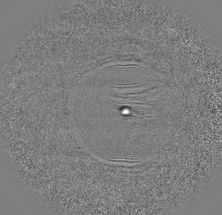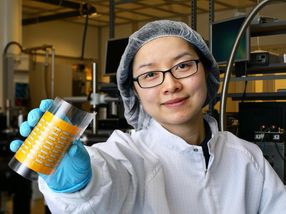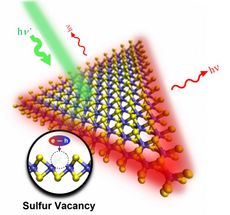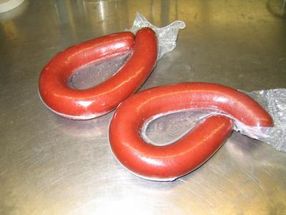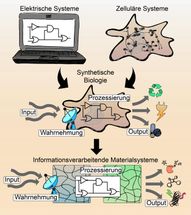Key process in ebola infection identified
Ebola virus exploits host enzyme for efficient entry to target cells
Researchers have identified a key process that enables the Ebola virus to infect host cells, providing a novel target for developing antiviral drugs.
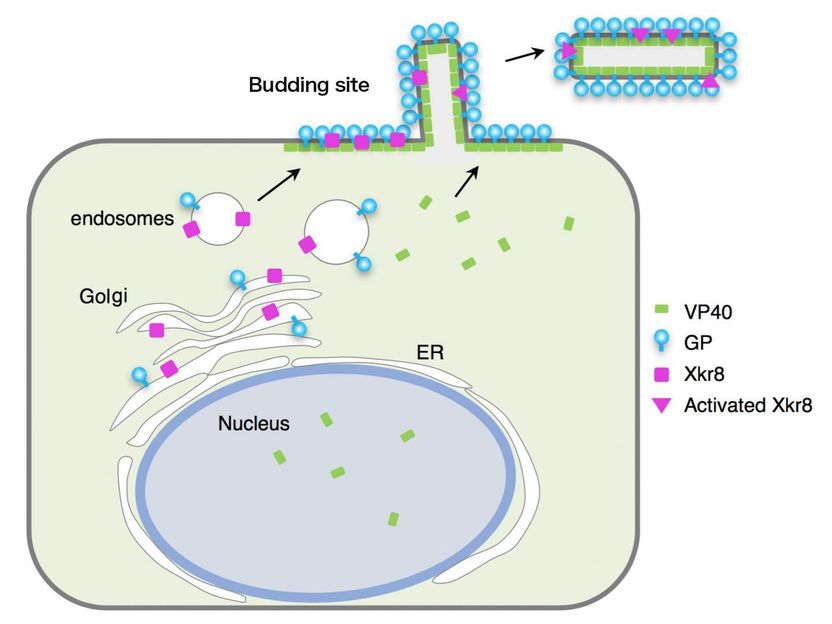
The host enzyme Xkr8 is transported to the Ebola virus budding site along with viral glycoprotein(GP) and then incorporated to the viral envelope. Xkr8 flips PS from the inner layer to the outer layer of the envelope, exposing the phospholipids, which contribute to viral infection. VP40 is a major structural protein of the virus.
Nanbo A. et al., PLoS Pathogens, January 16, 2018
The deadly Ebola virus incorporates a cellular enzyme into its virus particles, facilitating the infection to the target cells, according to new research.
When this enzyme Xkr8 is activated, it flips a phospholipid called phosphatidylserine (PS) from the inner layer of the Ebola virus' membrane (envelope) to the outer layer. The exposed PS facilitates entry of the virus.
The researchers at Hokkaido University and The University of Tokyo generated ebolavirus-like particles by expressing viral proteins in cultured mammalian cells to investigate mechanisms by which Ebola virus enters target cells. When the researchers disabled or blocked the activation of Xkr8, the exposure of PS on the surface of the virus particles was reduced.
First appearing in Sudan and the Democratic Republic of Congo in 1976, Ebola has instilled fear wherever infections have emerged due to its high fatality rate ranging from 25% to 90%. Most recently, west Africa experienced a record-breaking outbreak in 2014-2016. The virus spreads via the bodily fluids of infected animals and humans. Currently, there are no approved drugs for treating Ebola. Scientists are beginning to unravel how the virus works, which is critical for developing effective treatments.
In Ebola virus-infected cells, the virus' components replicate and assemble to generate progeny viruses. The progeny viruses bud from the surface of host cells, acquiring an envelope derived from the host's cell surface membrane.
The team from Hokkaido University and elsewhere have demonstrated that the Ebola virus enters the target cells through the interaction between glycoprotein (GP) on the virus' surface and its receptor on the cell surface. In addition to GP, PS in virus envelope has been shown to help entry of the Ebola virus. To be recognized by the target cells, PS needs to be present on the surface of the virus particles. However, PS is typically found on the inner side of host cell membranes and it has been unknown how PS changes its location in the virus envelope.
The researchers have found that Xkr8 is transported to the budding site along with GP, and incorporated into the envelope. Xkr8 is then activated, which leads to exposure of PS on its surface so the virus can enter the target cells.
Associate Professor Asuka Nanbo of the research team at Hokkaido University says, "PS is known to function in the entry process of various pathogenic viruses. So, we expect this pathway provides a potential target for developing new drugs against those viruses as well as the Ebola virus."
Original publication
Most read news
Original publication
Asuka Nanbo , Junki Maruyama, Masaki Imai, Michiko Ujie, Yoichiro Fujioka, Shinya Nishide, Ayato Takada, Yusuke Ohba, Yoshihiro Kawaoka; "Ebola virus requires a host scramblase for externalization of phosphatidylserine on the surface of viral particles"; PLOS Pathogens; 2018
Topics
Organizations
Other news from the department science
These products might interest you

Kjel- / Dist Line by Büchi
Kjel- and Dist Line - steam distillation and Kjeldahl applications
Maximum accuracy and performance for your steam distillation and Kjeldahl applications

AZURA Purifier + LH 2.1 by KNAUER
Preparative Liquid Chromatography - New platform for more throughput
Save time and improve reproducibility during purification

Get the analytics and lab tech industry in your inbox
By submitting this form you agree that LUMITOS AG will send you the newsletter(s) selected above by email. Your data will not be passed on to third parties. Your data will be stored and processed in accordance with our data protection regulations. LUMITOS may contact you by email for the purpose of advertising or market and opinion surveys. You can revoke your consent at any time without giving reasons to LUMITOS AG, Ernst-Augustin-Str. 2, 12489 Berlin, Germany or by e-mail at revoke@lumitos.com with effect for the future. In addition, each email contains a link to unsubscribe from the corresponding newsletter.
